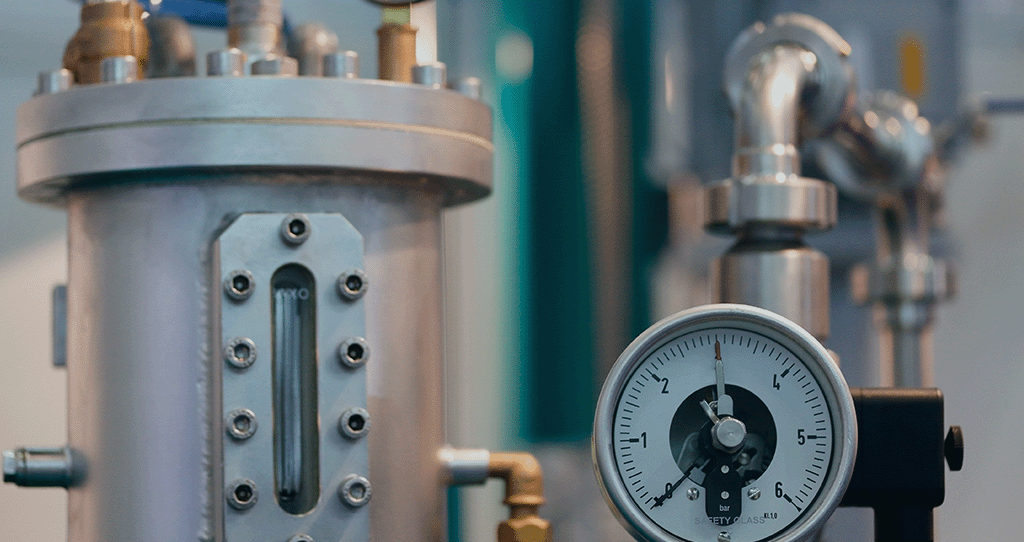
Refrigerant and desiccant dryer optimization for compressed air systems
Compressed air systems account for about 10 % of all industrial energy and, of this, compressors and drying units are some of the highest consuming devices. The UK Government maintains an online database of industrial products that are categorized as energy efficient. The goal of this database – the Energy Technology List (ETL) – is to encourage manufacturing and process companies to invest in equipment that reduces carbon emissions and which can be operated at lower cost – one of the key acceptance criteria for the ETL being low total cost of ownership. The list covers a wide range of products, including the two most commonly used drying technologies for compressed air systems: refrigerant and desiccant. Their inclusion represents an opportunity if you are looking for ways to reduce your energy costs.
However, it is worth noting that dryers are just part of each compressed air system. As the British Compressed Air Society (BCAS) notes in its best practice guide, Reducing Energy Consumption from Compressed Air Usage, it is essential to take a ‘whole system approach to saving energy’. In addition to carrying out an energy audit of compressors and dryers, you should also take other measures, for example:
Why should I use a dew-point sensor to improve the efficiency of my compressed air dryer?
Refrigerant compressed air dryers tend to be used for most general manufacturing processes, while desiccant and pressure swing dryers are typically used in applications where there is high demand or where extremely low levels of moisture are required, such as electronics or pharmaceutical manufacturing. In each case, their operation and energy consumption can easily be optimized by fitting a dew-point transmitter to the dry air outlet of the dryer.
A dew-point transmitter or sensor, such as our Easidew Industrial Dew-Point Transmitter, allows the moisture content in the outlet air to be monitored in real time. The output signal from the transmitter is fed back to the dryer control, from where automatic adjustments to dryer operation can be made. This approach ensures that the dryer operates only for as long as is required to achieve a predetermined moisture content level, thereby reducing energy consumption. It also has the added advantage of eliminating the common practice of allowing dryers to run at maximum capacity for longer than is necessary, ‘just to be safe’.
ISO 8573-1 and reduced maintenance costs
A dew-point sensor can also play an important role in critical applications that need to comply with ISO 8573-1, providing peace of mind that the appropriate moisture content criteria are being met. In addition, the option of traceability makes a sensor ideal when following guidance such as Good Manufacturing Practice (GMP), in applications like pharmaceutical production.
The use of dew-point sensors can also help to extend regeneration intervals in desiccant and pressure swing dryers, while reducing maintenance requirements. It should be noted that when routine maintenance is carried out, the dew-point sensor should be recalibrated. This is usually required no more than once per year and is a quick and simple process with a service such as our Sensor Exchange Programme. A freshly calibrated sensor is simply swapped for the unit removed from the dryer. This eliminates downtime and minimizes overall costs.
Dew-point sensor standardization
For the manufacturers of compressed air dryers, as well as end users with large numbers of drying units, it makes sense to standardize on a common design of dew-point sensor wherever possible. This simplifies procurement, stock holding, system build and maintenance operations.
It is important that the sensor has the measurement capability to be used across all drying units, while providing the highest levels of accuracy, repeatability and reliability, with minimal maintenance requirements. These criteria are met – and surpassed – with our Easidew Industrial Dew-Point Transmitter. This is designed to be used with all Class 1 to Class 6 compressed air dryers, has a measurement range from -100 to +20°Cdp, an accuracy to within ±0.2 °Cdp, and uses industry-standard UNF and G connections.
The Easidew Transmitter incorporates a proven ceramic metal-oxide sensor, ensuring outstanding repeatability and stability, with a 316 stainless-steel construction, making it ideal for the most rugged industrial applications.
In addition to the Easidew, we offer a range of products and services for compressed air applications.
We are the world’s leading experts in moisture monitoring and dew-point measurement. We offer eight different technologies covering all moisture applications, backed by unrivalled technical and customer support. To learn more, talk to one of our application specialists today.
Sources
Reducing Energy Consumption from Compressed Air Usage
Related Blogs
Related Products
Dew-Point Transmitter - Michell Easidew EA2
Want to see more information like this?
Sign up to one of our Industry newsletters and you’ll receive our most-recent related news and insights all directly to your inbox!
Sign Up